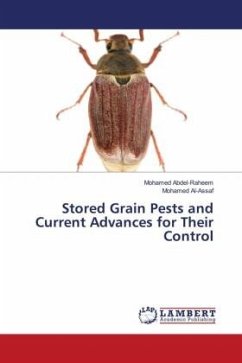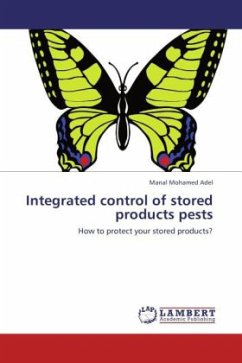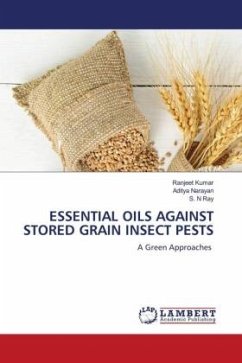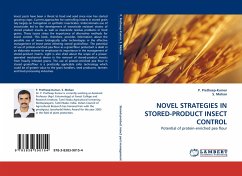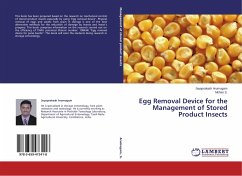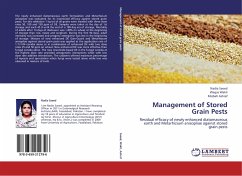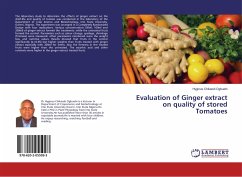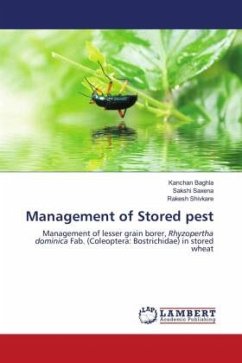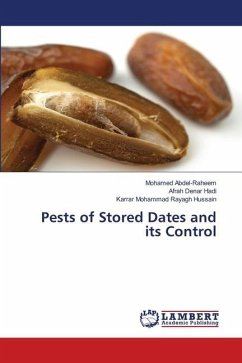
Pests of Stored Dates and its Control
Versandkostenfrei!
Versandfertig in 6-10 Tagen
56,99 €
inkl. MwSt.

PAYBACK Punkte
28 °P sammeln!
132 species of insect and mite pests associated with date palm (Phoenix dactylifera L.) grown worldwide. These species are distributed among eight insect orders and 30 families, besides one order of mite comprising nine families. Most of the species (52) were reported on the leaf (frond), while 26 species were associated with the roots and trunk. Green fruits with their stalks and stored dates hosted 27 species each. Coleoptera represented 41% of the listed pest species, followed by Hemiptera (20%), Acari (16%) and Lepidoptera (12%). Although the number of date palm pest species seems to be hi...
132 species of insect and mite pests associated with date palm (Phoenix dactylifera L.) grown worldwide. These species are distributed among eight insect orders and 30 families, besides one order of mite comprising nine families. Most of the species (52) were reported on the leaf (frond), while 26 species were associated with the roots and trunk. Green fruits with their stalks and stored dates hosted 27 species each. Coleoptera represented 41% of the listed pest species, followed by Hemiptera (20%), Acari (16%) and Lepidoptera (12%). Although the number of date palm pest species seems to be high, only a few species are considered major pests of economic importance. The major pests include the red palm weevil, (Rhynchophorus ferrugineus), old world date mite (Oligonychus afrasiaticus), lesser date moth (Batrachedra amydraula), Dubas date bug (Ommatissus lybicus), green pit scale (Palmaspis phoenicis), carob moth (Ectomyelois ceratoniae), date palm longhorn beetle (Jebusaea hammerschmidti), and almond moth (Cadra cautella). The review also lists 90 species of predators and parasitoids representing nine orders and 23 families, indicating their potential role in date palm pest.



